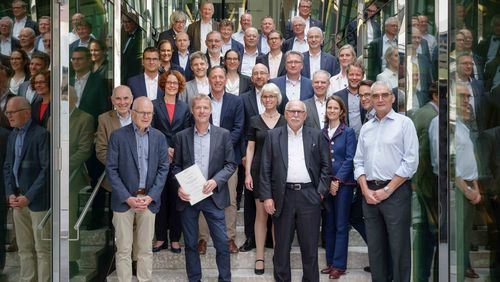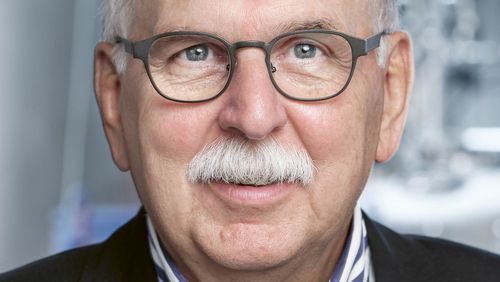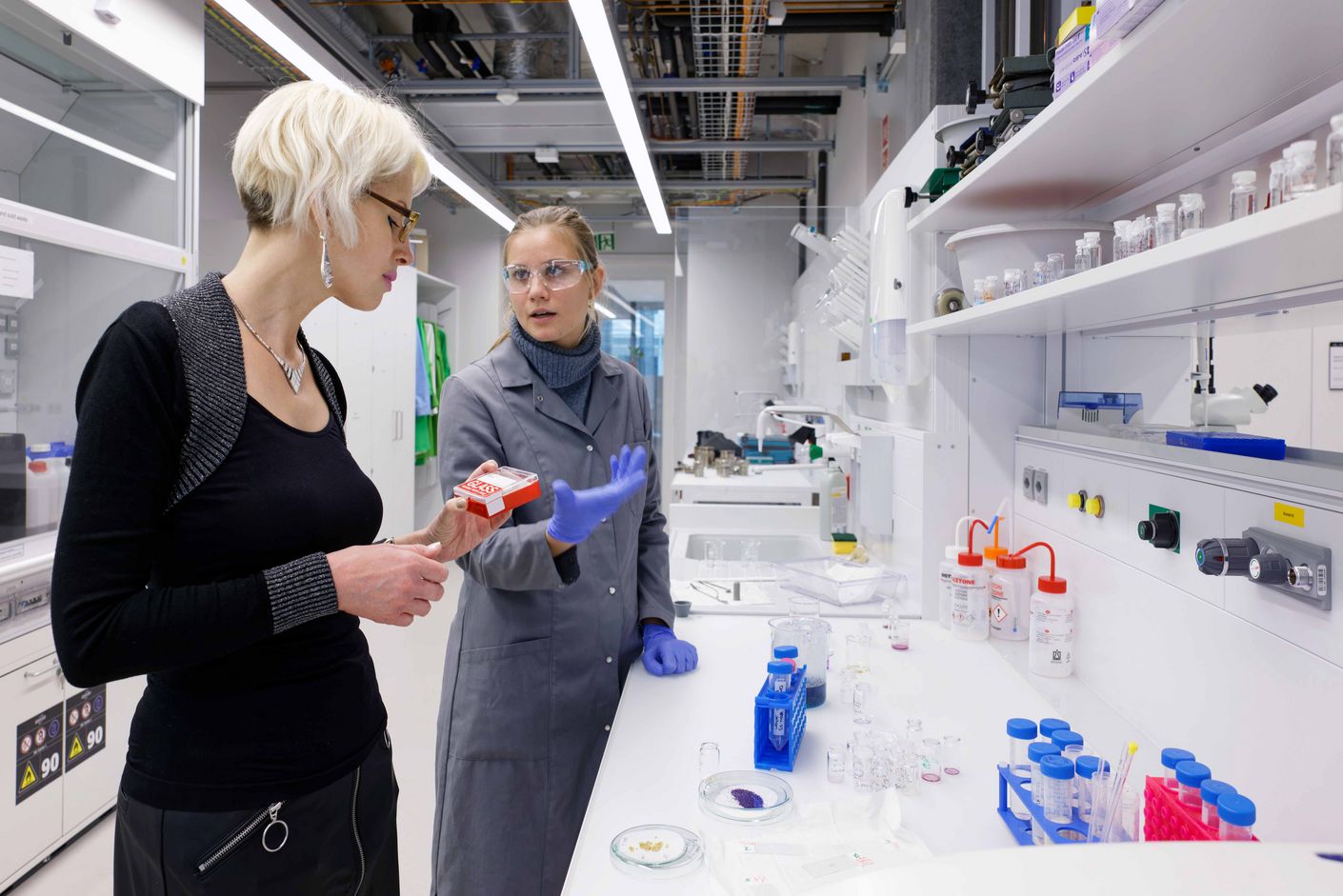
Water splitting, made simple
Converting water and sunlight into hydrogen in just a single step: researchers in the WSS100 final project “Solar fuels and commodities” want to use innovative reactors to produce environmentally friendly energy carriers and materials.
Hydrogen is widely regarded as the energy carrier of the future—but only if there’s a way to produce it without burning fossil fuels. The most elegant method would be using only the energy of the sun to directly split water into hydrogen and oxygen molecules. And this is the principle that’s at the heart of the WSS100 proposal developed by a team led by Greta Patzke and David Tilley from the University of Zurich. The researchers have devised a concept to make solar production of hydrogen and other commodities ready for market entry.
The team’s research focus is the production of so-called solar particulate panel reactors (SPP reactors). Put simply, these reactors are novel, cost-effective solar panels in which catalysts generate hydrogen through the direct utilisation of sunlight. The approach based on photocatalysis is called the “golden” route to hydrogen production, and it’s viewed as a continuation of “green” technologies stemming from clean energy sources.
“Although the concept has fascinated researchers across the globe for a hundred years already, no one has yet achieved a commercial breakthrough,” Greta Patzke explains. However, studies have demonstrated that solar hydrogen production via these types of catalysts can indeed compete with hydrogen produced using fossil fuels. The team have already developed several catalysts that greatly accelerate water splitting while also making the process more efficient—and they’re convinced that many more significant improvements are possible.
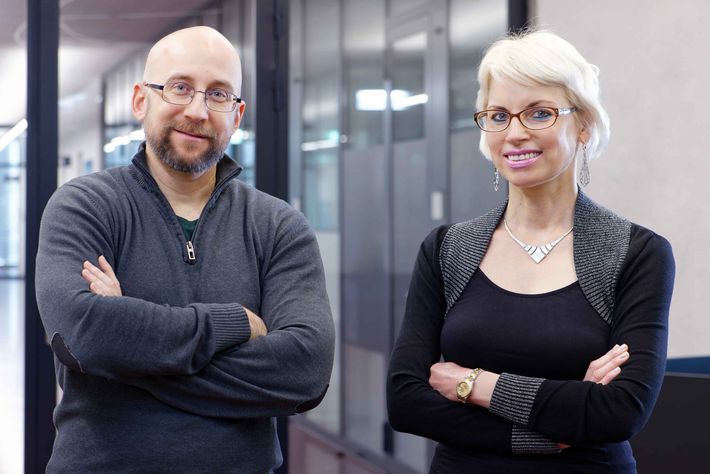
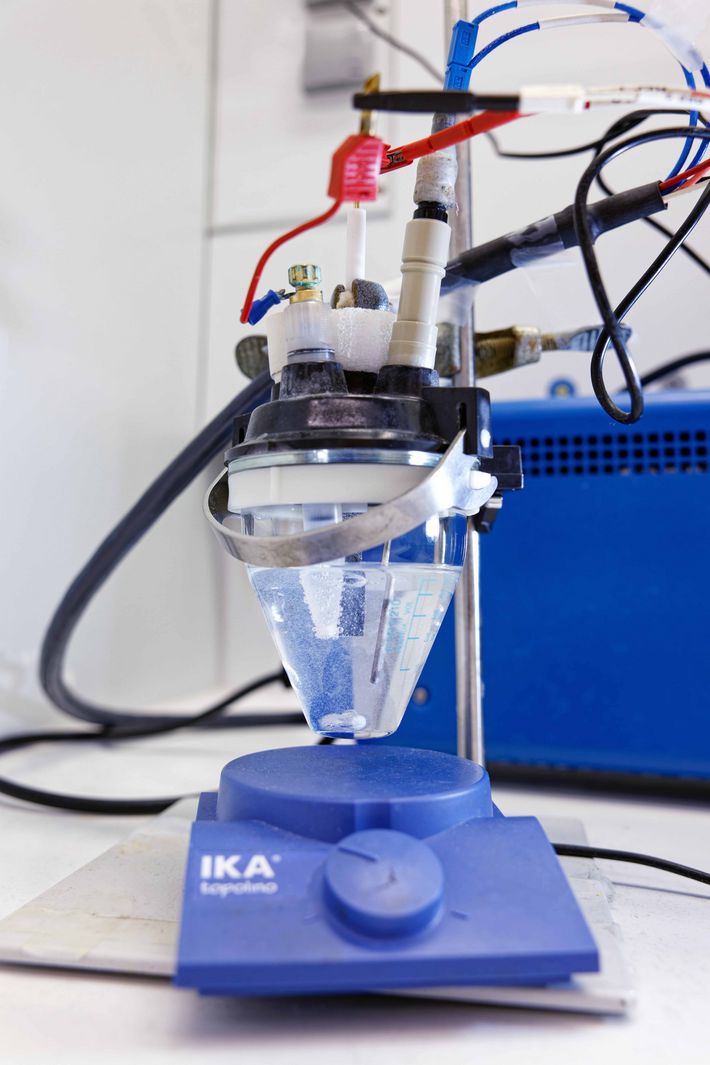
Demonstration in the reactor
To achieve their aims, they’re conducting research into new kinds of photocatalysts made of various materials: some of high-tech semiconductor materials and some of graphene-like carbon nitrides. The latter are especially interesting, because they consist of carbon and nitrogen—two of the most common elements on the planet. This is relevant, as there are other factors to consider in addition to conversion efficiency. For instance, the panels should be built to last, and the catalysts should be made of widely available, cost-effective and eco-friendly materials—in keeping with the “benign by design” principle.
The researchers have plans to use demo-reactors of at least one hundred square metres to demonstrate that solar hydrogen production is technically feasible. The outcome will then serve as the basis to further develop the SPP reactors. “Using the same principle but other reactors, we can also convert the generated hydrogen, CO2, biomass and other primary materials into additional valuable base chemicals,” David Tilley explains. Fertilisers as well as renewable building blocks for the plastics industry are examples of the materials that could be produced.
Innovative separation technology
Numerous challenges await the researchers as they move forward, including separating and purifying the hydrogen. For this work, the research team are planning on further developing a new technology based on hydride compressors in which hydrogen is accumulated on modified metal hydrides at low temperatures and low pressure. Once the system has reached saturation, the hydrides are heated—whereupon they release pure hydrogen at high pressure.
The development of innovative technologies always goes hand in hand with economic, social and environmental risks, and these risks often cause promising research projects to fail. To prevent this outcome, the Zurich team are designing a comprehensive, future-oriented concept that will serve as a benchmark for developing new technologies. Their system covers economic viability, international interdependencies and impacts on ecosystems as well as public opinion.
AI lends a hand
Separate research teams are responsible for addressing these complex questions: they explore aspects such as whether the high-tech materials created for the SPP reactors could pose risks to humans and the environment in the long term. In addition, issues related to economic viability, life cycle assessments, dependencies on supplier nations for essential raw materials and public perception are closely examined from the very start.
Various methods will be applied in this work, including a new tool based on artificial intelligence. “With the AI tool, we’re able to calculate and weight all factors involved,” Greta Patzke says. This is also useful in choosing the right materials from the outset. For example, if catalyst material A performs better than catalyst material B in all assessment categories, the researchers will work with material A.
The aim is for these tools and technologies to enable the simple and ecological production of hydrogen and other materials—by literally snatching them from thin air.
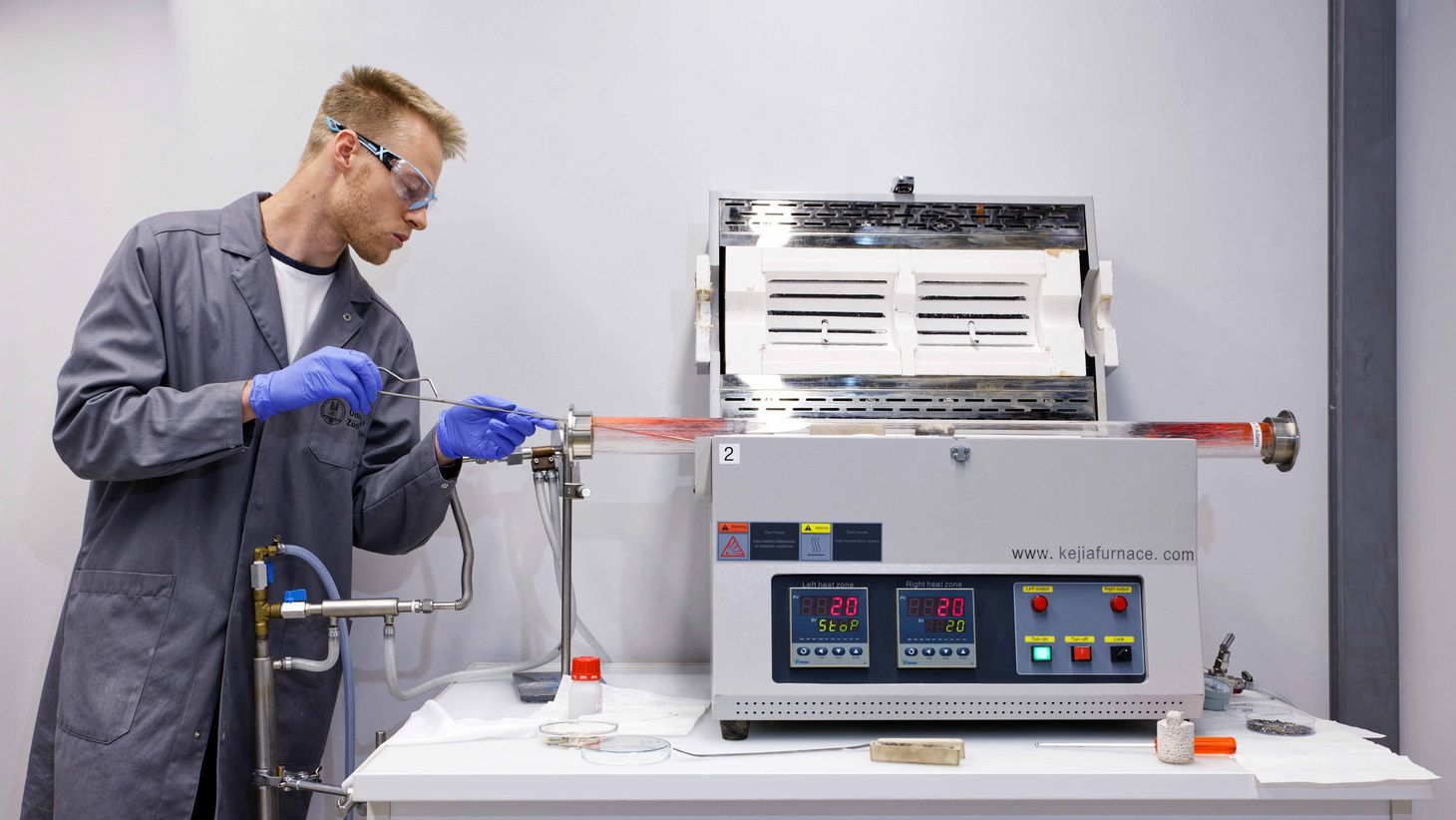




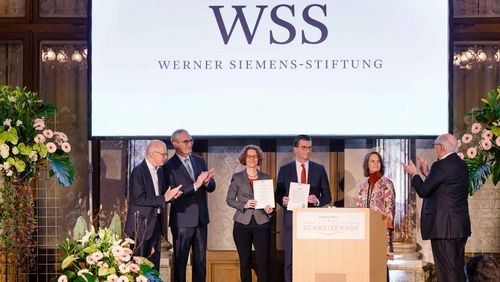
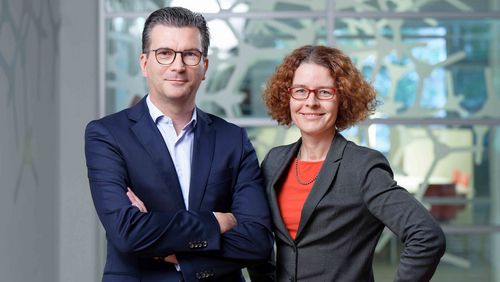
![[Translate to English:] [Translate to English:]](/fileadmin/_processed_/8/d/csm_01-WSS100-Muenchen_a4e2ba3a7f.jpg)
![[Translate to English:] [Translate to English:]](/fileadmin/_processed_/5/e/csm_01-WSS100-Aachen_c843f6f8ae.jpg)
![[Translate to English:] [Translate to English:]](/fileadmin/_processed_/8/e/csm_01-WSS100-Berlin_8becb34d03.jpg)
![[Translate to English:] [Translate to English:]](/fileadmin/_processed_/3/5/csm_01-WSS100-Freiburg_8ff515d64a.jpg)
![[Translate to English:] [Translate to English:]](/fileadmin/_processed_/e/3/csm_01-WSS100-Goettingen_f4c6bb4b9f.jpg)
